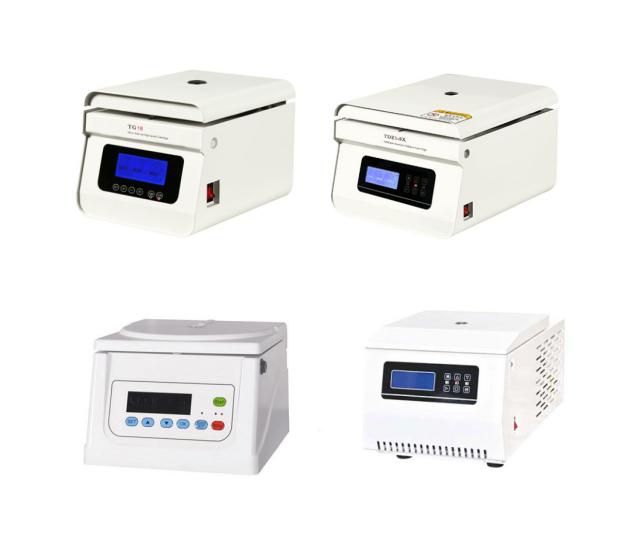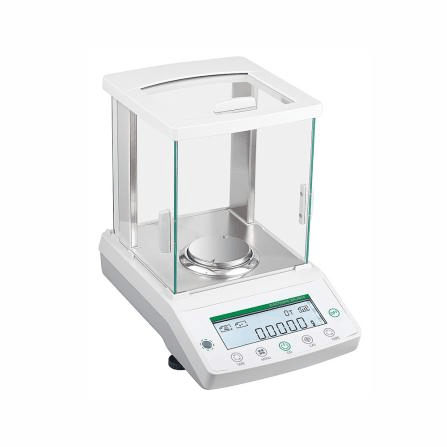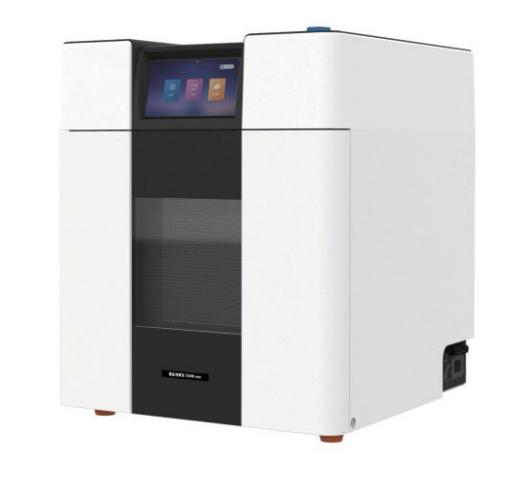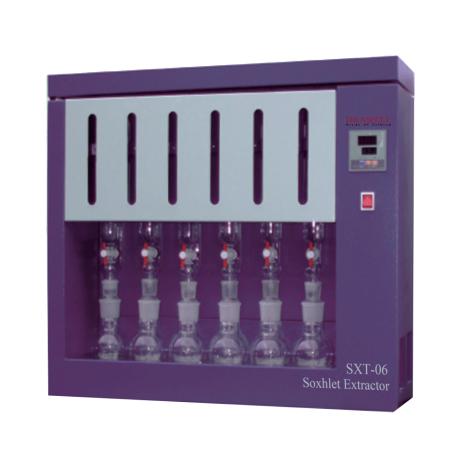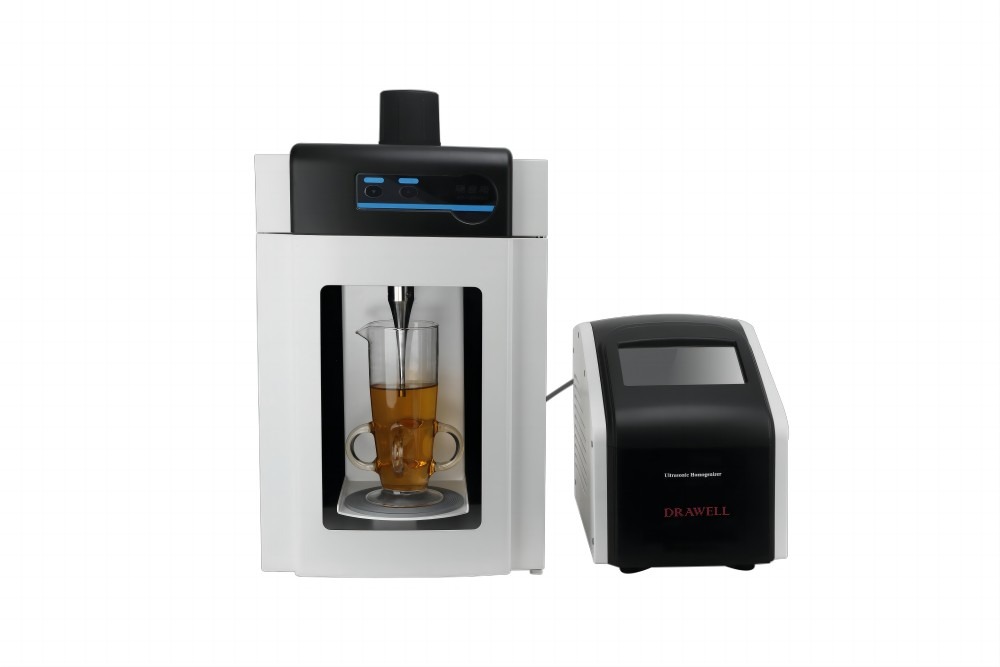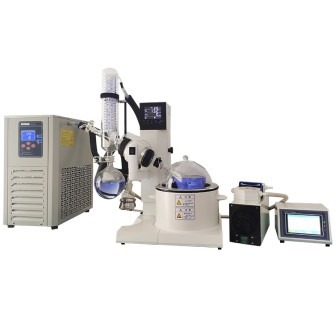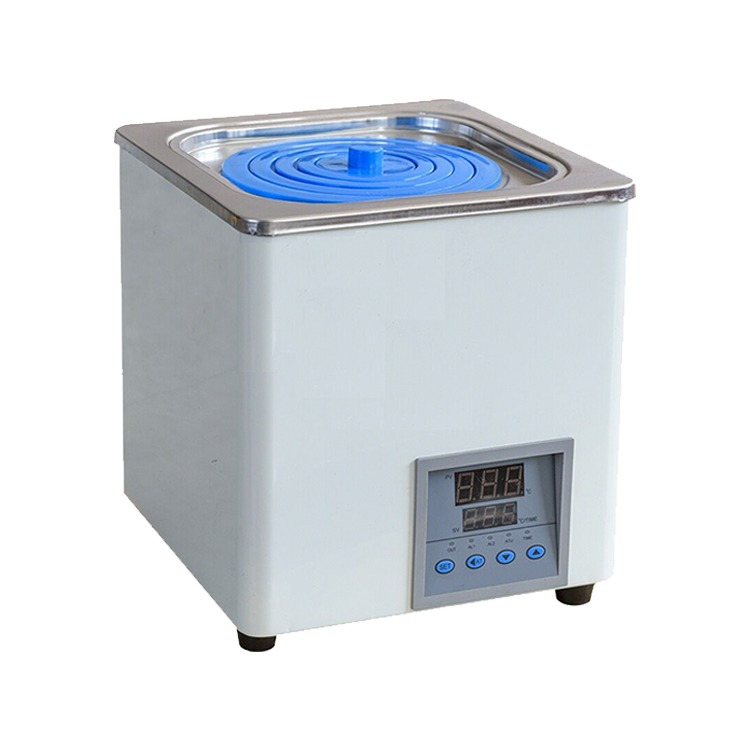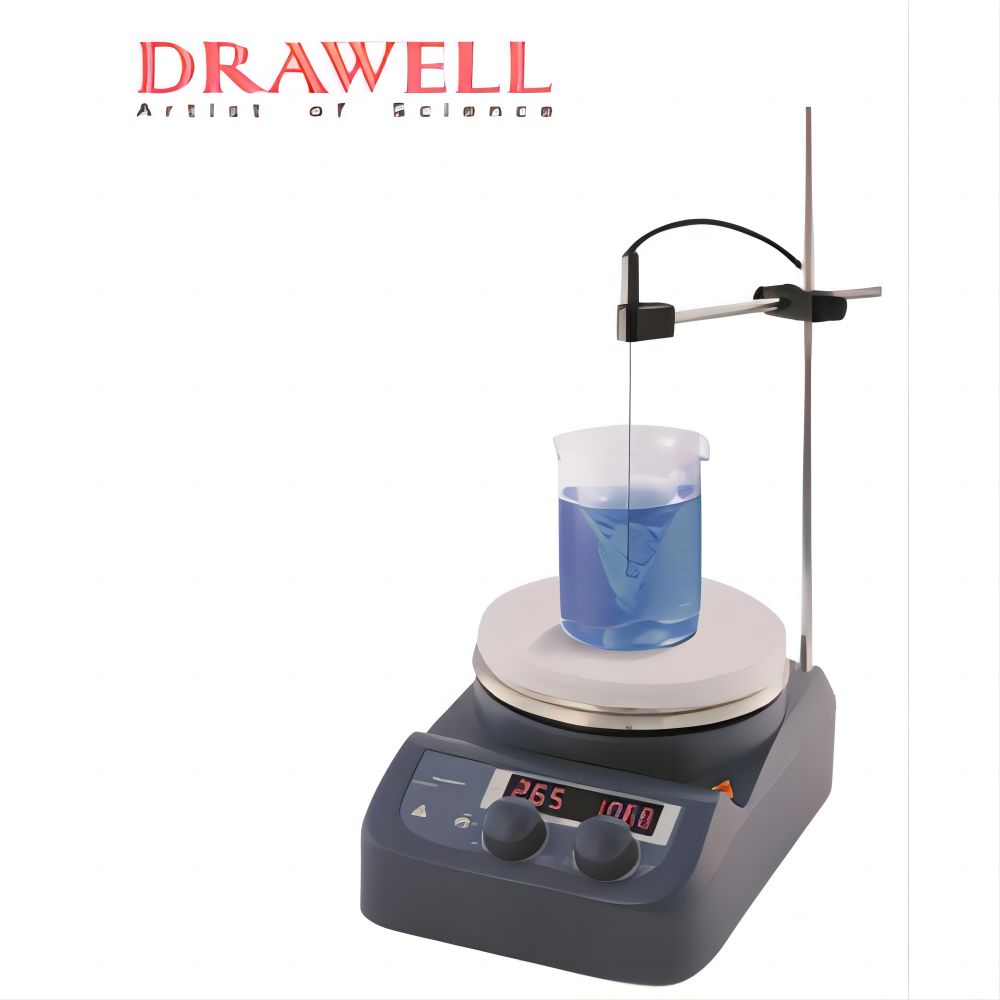The rapid advancements in microprocessor technology have driven significant developments in analytical instruments such as those used in spectroscopy, chromatography, and microscopy. Despite these technological improvements, sample preparation remains a crucial step before any instrumental analysis. The factors such as low sensitivity of instruments, matrix interferences, and the potential incompatibility of samples with the analytical devices will directly impacts the accuracy and reliability of results. So when transforming samples into a suitable state for testing, often requiring the use of specialized equipment. This article will explore the essential tools for precise sample preparation, categorized by sample preparation method and sample type.
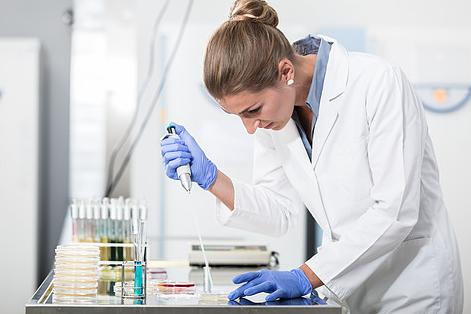
The Importance of Precision in Sample Preparation
Precision in sample preparation is fundamental to producing accurate and reliable research results. The process of preparing samples with exacting precision ensures that the material under investigation is properly represented, minimizing errors and variability in experimental outcomes. This is particularly important in fields like pharmaceuticals, environmental science, and clinical research, where even minor inconsistencies can lead to significant discrepancies.
As the demand for precision has grown, so too has the development of advanced laboratory sample preparation equipment. Modern tools are designed to enhance accuracy and reduce human error through automation and sophisticated technology. Automated systems, for example, streamline complex tasks such as liquid handling and homogenization, allowing for high-throughput processing with minimal variability. Additionally, innovations in equipment integration, miniaturization, and smart technology have further refined the precision of sample preparation, enabling researchers to achieve consistent, reproducible results more efficiently than ever before. These advancements are essential in maintaining the integrity of scientific research, ensuring that data is both reliable and repeatable across studies.
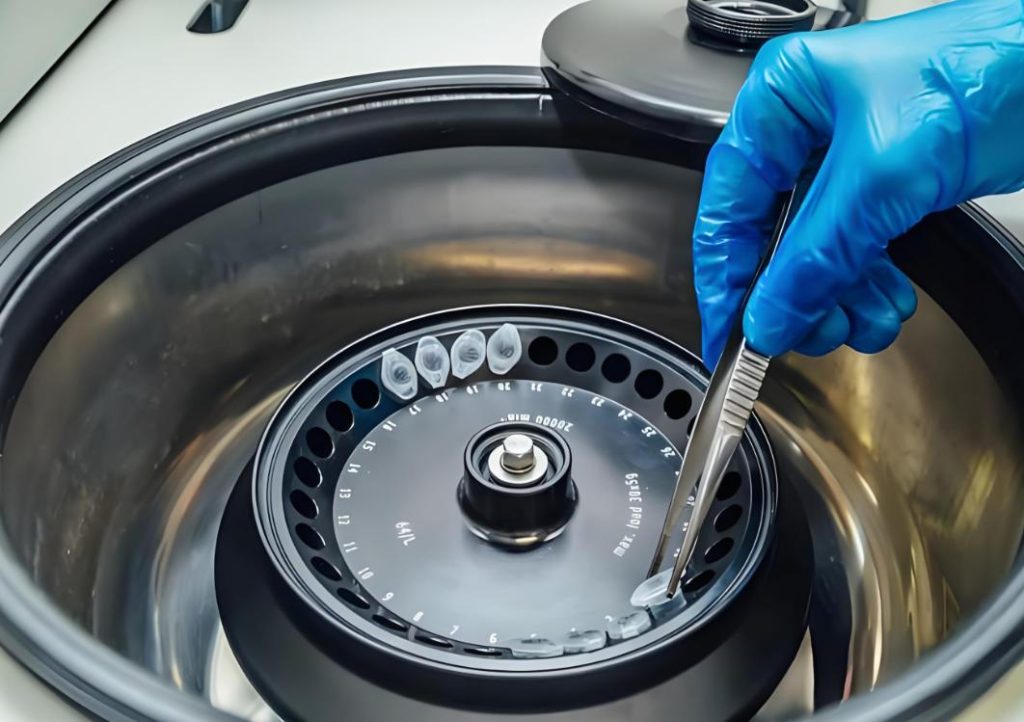
Essential Equipments for Precise Sample Preparation
Precision in sample preparation relies heavily on the right tools and techniques. Below, we explore essential equipment categorized by sample preparation methods and types.
Equipment by Sample Preparation Method
Sample preparation methods can be broadly categorized into physical and chemical processes, each requiring specialized equipment to achieve precise and reliable results. Physical sample preparation equipment focuses on change the physical form of samples, such as size, shape, and consistency. On the other hand, chemical preparation equipments are mainly used to change the chemical composition of samples to extract or purify specific components, such as adjusting concentration, removing impurities, or preparing the sample for chemical reactions or analysis.
Physical Preparation Equipment:
These equipments are typically used for tasks like weighing, grinding, homogenizing, and separating components based on density.
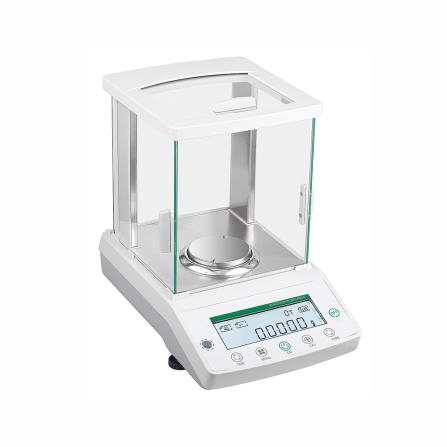
- Laboratory Balances: Balances are essential for accurately weighing samples, a fundamental step in almost every sample preparation process. High-precision balances can measure extremely small quantities with great accuracy, ensuring that the correct amount of material is used in subsequent procedures. Advanced balances may feature auto-calibration, environmental controls, and data logging capabilities, which help maintain consistency in varying lab conditions.
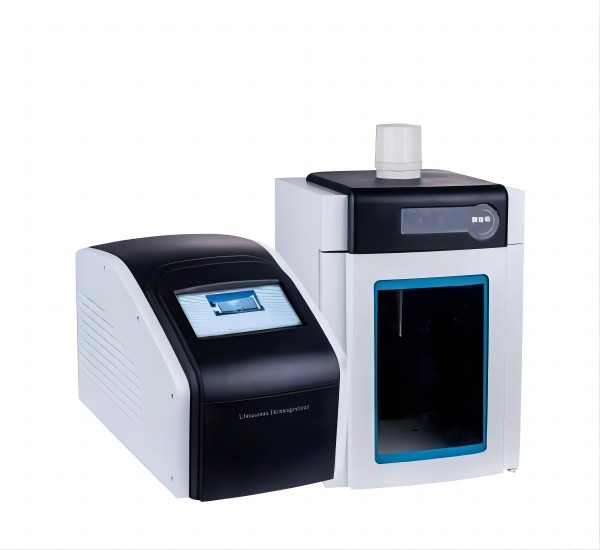
- Homogenizers: Homogenizers play a critical role in breaking down complex samples into uniform mixtures. They are especially important in biological and biochemical labs where samples, such as tissue or cells, need to be homogenized without altering their chemical composition. Different types of homogenizers—like bead mills, rotor-stator systems, and ultrasonic homogenizers—are used depending on the nature and volume of the sample. Each type offers specific advantages, such as higher throughput or gentler processing, depending on the application.
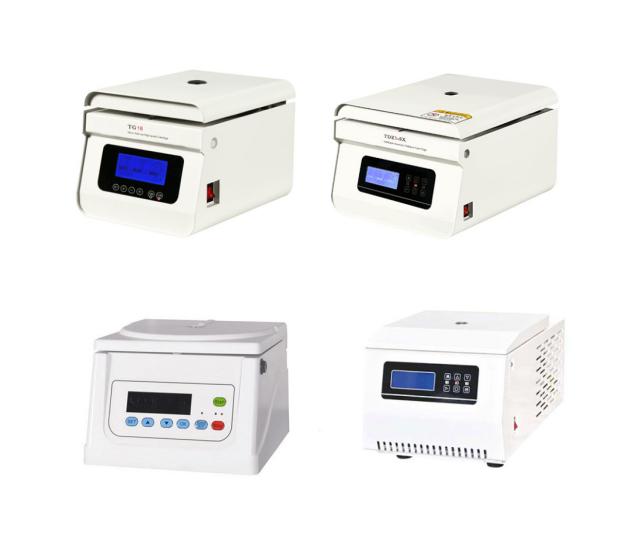
- Centrifuges: Centrifuges are used to separate components within a sample based on density by spinning them at high speeds. This separation is vital for isolating different fractions of a sample, such as cells, proteins, or nucleic acids. High-speed centrifuges offer precise control over speed and temperature, allowing for efficient and reproducible separations. Modern centrifuges often include features like imbalance detection and programmable settings to enhance safety and ease of operation.
- Mills and Grinders: Mills and grinders are essential for reducing solid samples to fine particles, which is crucial for consistent analysis. Various types of mills and grinders, including ball mills, mortar grinders, and cutting mills, are available to suit different sample types. The choice of equipment depends on factors such as the sample’s hardness, brittleness, and moisture content. Some mills are equipped with cryogenic capabilities to handle heat-sensitive materials without compromising their integrity.
Chemical Preparation Equipment:
These processes often involve liquid handling, filtration, evaporation, and dissolution, and is suitable for pre-treatment of complex samples.
- Pipettes and Dispensers: Pipettes and dispensers are indispensable tools for accurate liquid handling. Precision in measuring and transferring liquids is critical for the reproducibility of chemical reactions and analyses. Manual pipettes offer control for small-scale operations, while electronic pipettes and dispensers provide greater accuracy and repeatability, especially in high-throughput settings.

- Digestion Systems: Digestion systems are used to break down complex samples into simpler forms, making them easier to analyze. These systems often involve the use of acids, bases, or heat to decompose organic and inorganic materials. For instance, microwave digestion systems are commonly used in preparing samples for elemental analysis by rapidly heating them in a controlled environment, which speeds up the digestion process while ensuring complete breakdown of the sample. This method is particularly valuable in environmental testing, where precise quantification of trace metals is required.

- Extraction Systems: Extraction systems are designed to isolate specific components from a sample, typically through chemical solvents. These systems are essential in fields like pharmaceuticals, environmental science, and food safety, where it’s necessary to separate and concentrate compounds of interest, such as active pharmaceutical ingredients (APIs) or environmental pollutants. Soxhlet extractors and solid-phase extraction (SPE) systems are common examples, with each offering advantages depending on the nature of the sample and the desired outcome. Soxhlet extractors, for example, are ideal for extracting lipids from solid samples, while SPE systems are often used to purify and concentrate analytes from liquid samples.
- Filtration Equipment: Filtration equipment is used to remove particulates or impurities from liquid or gas samples, ensuring that the samples are clean and suitable for analysis. This equipment can range from simple membrane filters to more complex vacuum filtration units. Vacuum filtration is particularly useful when working with larger volumes of liquid, as it accelerates the filtration process and ensures a more thorough separation of solids from liquids. Filtration is a critical step in preventing contamination and ensuring that the sample is representative of the material being studied.
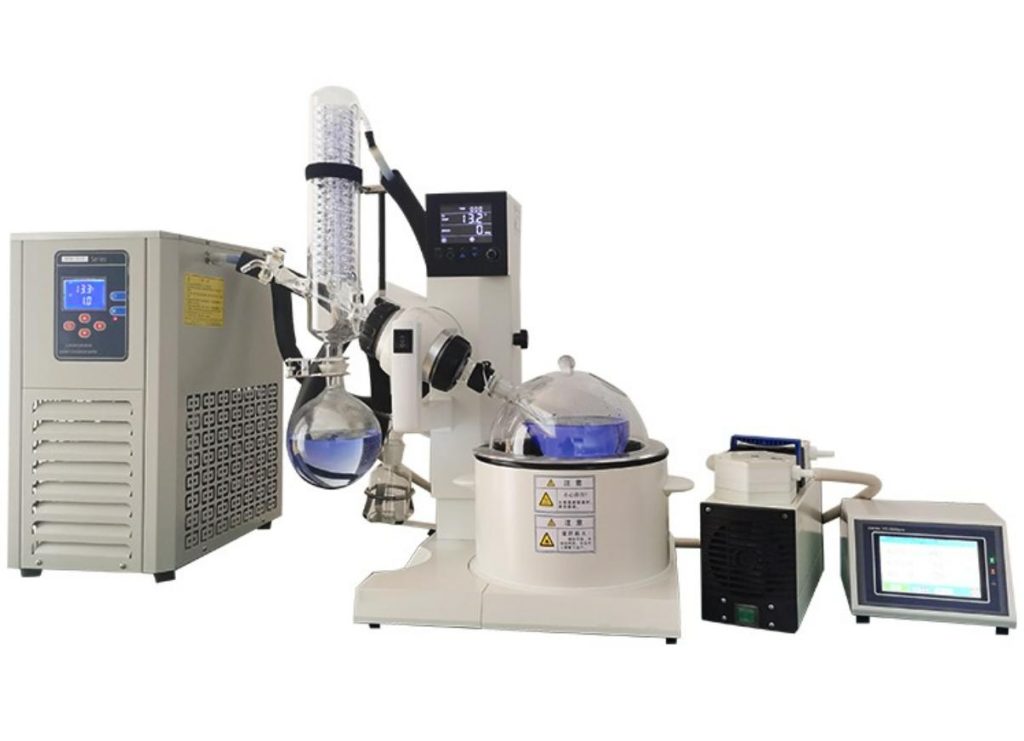
- Evaporation Systems: Evaporation systems are employed to concentrate samples by removing solvents, a process essential for preparing samples for further analysis or storage. Rotary evaporators are one of the most commonly used systems, especially in organic chemistry labs. They allow for the gentle removal of solvents under reduced pressure, which prevents the degradation of heat-sensitive compounds. Nitrogen blowdown systems are another type of evaporation equipment, ideal for drying small volumes of samples quickly. These systems are crucial for concentrating analytes to detectable levels, particularly in trace analysis or when working with limited sample volumes.
Each type of equipment plays a specific role in preparing samples for accurate analysis, ensuring that both the physical and chemical properties of the sample are appropriately managed. By selecting the right tools for each method, laboratories can achieve greater precision, reproducibility, and efficiency.

Equipments By Sample Type
Different types of samples—solid, liquid, and gaseous—require specialized equipment for precise preparation. The unique properties of each sample type dictate the tools and techniques used to ensure accurate and consistent results. Here are some common equipments:
| Sample Type | Equipment | Function |
| Solid Samples | Cryogenic Grinders | Freezes and grinds tough, heat-sensitive samples to prevent degradation. |
| Presses | Compacts solid samples into pellets or discs for analysis (e.g., XRF spectroscopy). | |
| Mills and Grinders | Reduces solid samples to fine, uniform particles for consistent analysis. | |
| Liquid Samples | Magnetic Stirrers and Hot Plates | Provides consistent mixing and controlled heating for uniform liquid sample preparation. |
| Ultrasonic Baths | Degasses or mixes liquid samples using high-frequency sound waves. | |
| Pipettes and Dispensers | Ensures accurate measurement and transfer of liquid samples. | |
| Gaseous Samples | Gas Sampling Bags | Collects, stores, and transports gaseous samples without contamination. |
| Gas Chromatography Equipment | Separates and analyzes compounds in gaseous samples. | |
| Vacuum Pumps and Pressure Regulators | Controls pressure environment during sample collection or analysis. |
Choosing the right equipment based on the sample type is essential for effective and precise laboratory sample preparation. Whether working with solid, liquid, or gaseous samples, specialized tools ensure that each sample is prepared under optimal conditions, leading to accurate and reliable analytical results.
Find a Sample Preparation Equipment Supplier
Finding the right supplier for sample preparation equipment is crucial for outfitting your lab with the tools needed for precise work. At Drawell, we can provide you one-stop service of equipments to cover all your sample preparation needs. Please feel free to contact us for your needs.

